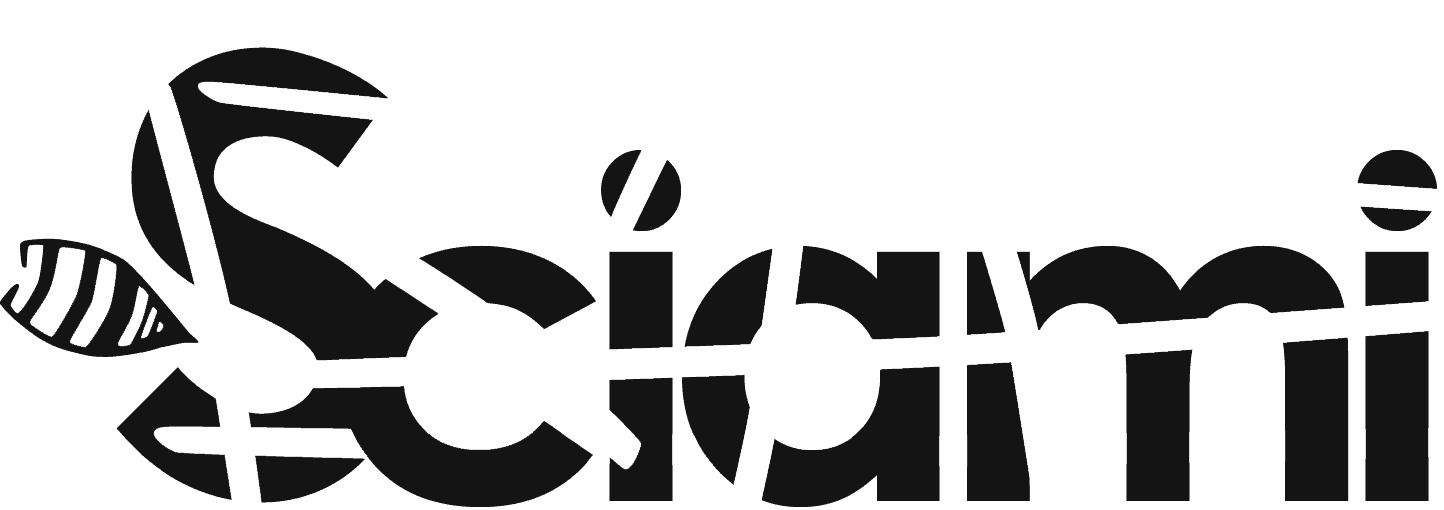Magazzini Criminali – biographical notes
by Mauro Petruzziello
Sandro Lombardi, Loriana Nappini (aka Marion D’Amburgo) and Federico Tiezzi have known each other since their school time in Arezzo at the Liceo classico “Francesco Petrarca”. They did not go through a regular artistic training in theatre schools, but they attended instead, all along the Seventies, several workshops with Jerzy Grotowski, Living Theatre and Odin Teatret, while at the same time studying history of art at university. Their first performances, put on between 1968 and 1970 as Compagnia dei Tre, were very much in that tradition – Living Theatre, Jerzy Grotowski – and originated from texts by Jacopone da Todi, Peter Weiss, Anna Frank, Allen Ginsberg, Federico Garcia Lorca, Pier Paolo Pasolini, Thomas S. Eliot, Bertolt Brecht.
In 1970 they moved to Florence, where they founded Il Carrozzone, and up to 1979 their performances were all given with that name. Their debut was with Morte di Francesco (Francis’ death) (1971) followed by La donna stanca incontra il sole (A tired woman meets the sun) (1972). The performances took place in art galleries, in order to encourage the usage of alternative locations to the regular theatre circuit. Giuseppe Bartolucci, labelled these performances, alongside those by Ricci, Vasilicò, Cecchi and Perlini, “theatre of images”, that is a theatre where a powerful pictorial strain substituted for the dramatic text, addressing primarily the spectator’s sight.
But since 1976, with Il giardino dei sentieri che si biforcano (The Garden where paths divide), the group explored novel approaches to the scene, in search of a “degree zero” of theatricality to be attained through a deconstruction of languages. A specific performance at the Festival delle Nuove Tendenze (New trends Festival) in Salerno, marked – once again according to Bartolucci – a breach with “theatre of images” and the birth of a many-sided movement that he called “post-avantgarde”. Presagi del vampiro (A Vampire’s Forebodings) (1976) and Vedute di Porto Said (Views of Port Said) (1978) were samples of “analytical-pathological-existential theatre”, a typical aesthetics mode of Il Carrozzone: the work was no longer a closed system, rather a way of exploring the relationship – different in any performance – of the actor’s body with space and time, considered as intrinsic foundation entities in the making of theatre.
Documents are published in original language. In case the translation is present, both the original and the translation are published.
Federico Tiezzi, Autodiffamazione e scena per Beckett (composta per Julia Anzillotti), in Franco Quadri, (edited by), «I magazzini 9, per Beckett» Ubulibri, Milan, 1987.
Sandro Lombardi, Nella stanza del demone meridiano, in Franco Quadri, (edited by), «I magazzini 9, per Beckett» Ubulibri, Milan, 1987.
Marion D'Amburgo, Un proclama per Beckett, in Franco Quadri, (edited by), «I magazzini 9, per Beckett» Ubulibri, Milan, 1987.
Teatrografia Carrozzone/ Magazzini Criminali/Magazzini/Compagnia Lombardi Tiezzi, edited by Mauro Petruzziello
